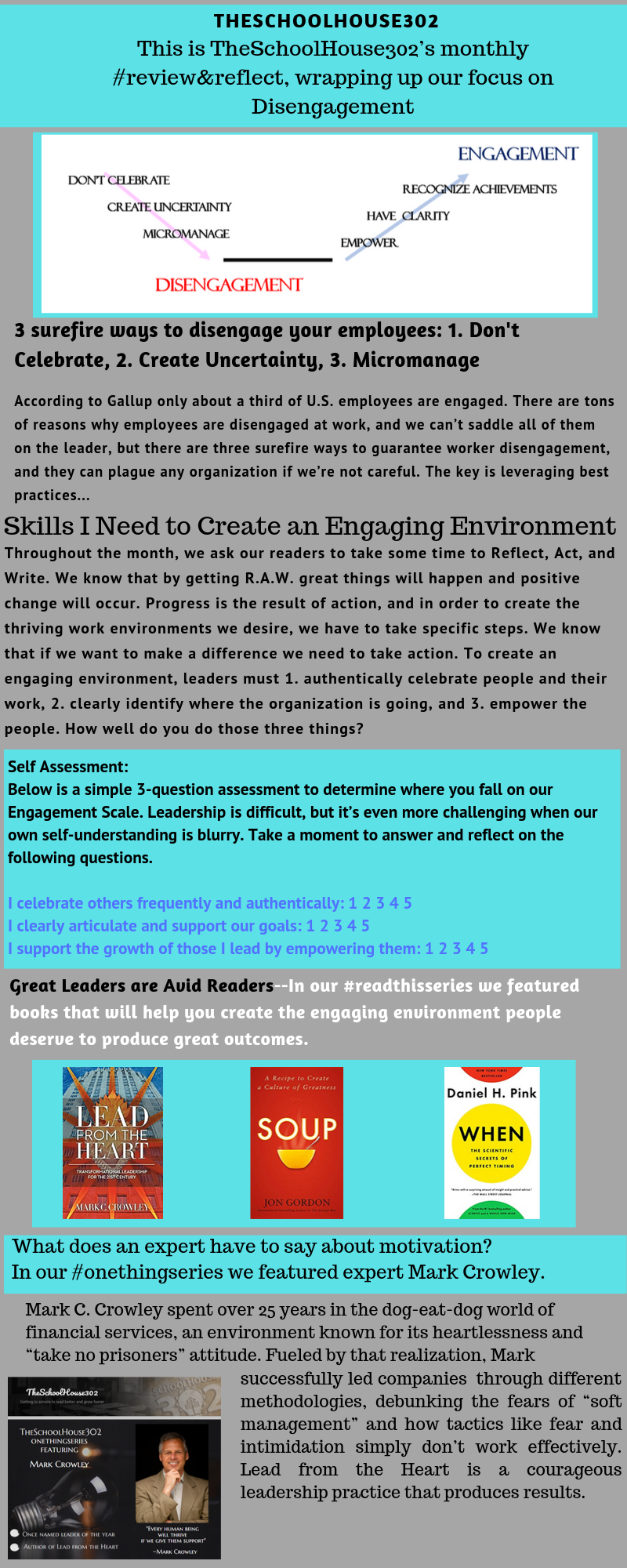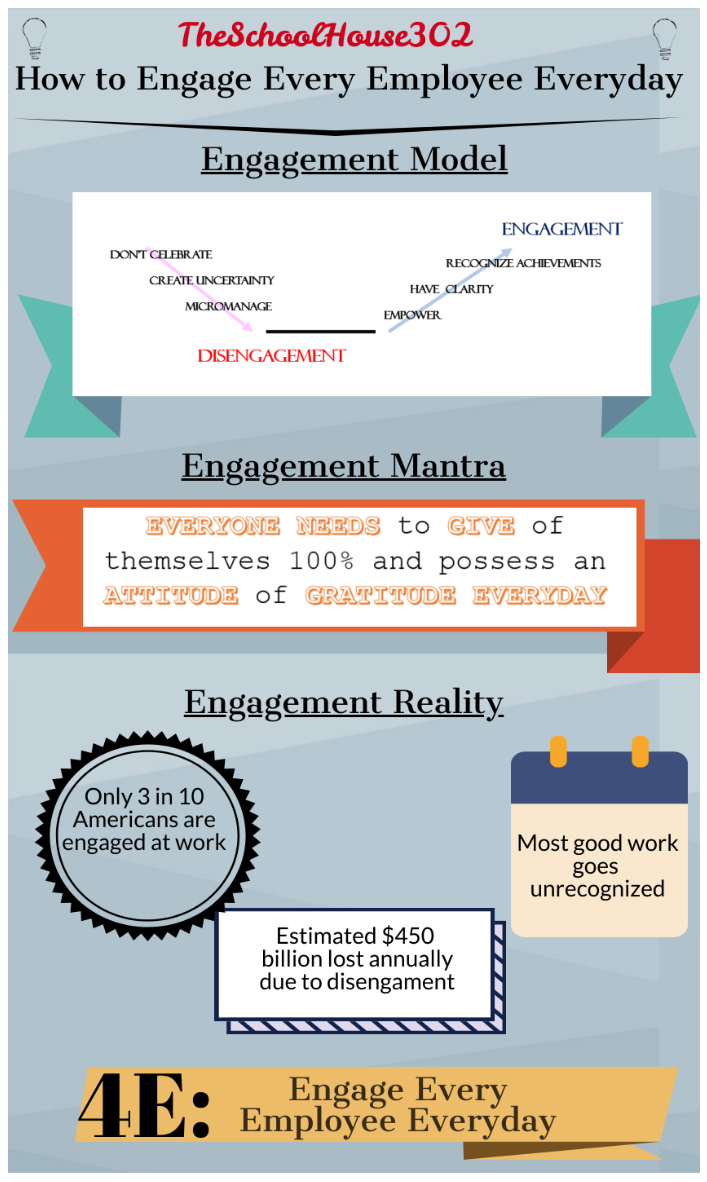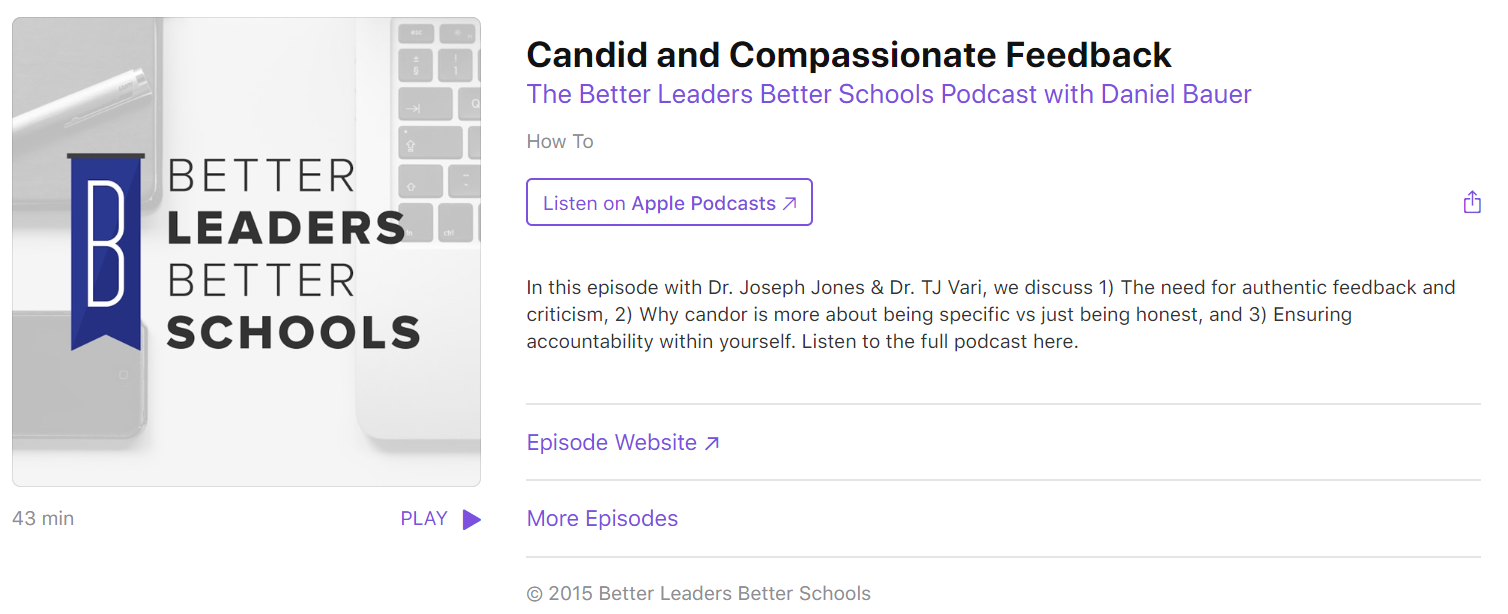
Season 1, Episode 1 of FocusED with Guest Connie Hamilton
Season 1, Episode 1 of FocusED with Guest Connie Hamilton
This is Season 1, Episode 1 of FocusED and we feature guest, Connie Hamilton, with a focus on questioning techniques and a culture of inquiry in schools. You’ll hear her address how she frames the work of Hacking Questions and much, much more. We hope you enjoy.
_____________________________________________
Connie Hamilton is the co-author of Hacking Homework and the author of the new book Hacking Questions: 11 Answers That Create a Culture of Inquiry in Your Classroom. She is a consultant and presenter and recently served as curriculum director in Saranac Community Schools in the state of Michigan.
_____________________________________________
Thanks for listening to FocusED, an educational leadership podcast brought to you by TheSchoolHouse302 @ dereka206.sg-host.com.
FocusED is your educational leadership podcast where our mission is to dissect a particular focus for teachers and school leaders so that you can learn to lead better and grow faster in your school or district with more knowledge, better understanding, and clear direction on what to do next.
Each episode we invite expert guests to join us for a live recording of the podcast, which happens in Delaware. All Delaware educators are invited to attend.
Don’t forget to like, share, and follow. You can always get more by following dereka206.sg-host.com.





 As always, please like, follow, and comment. If you have topics of interest, guests you want us to interview, or books that we should read and recommend, please let us know that as well.
As always, please like, follow, and comment. If you have topics of interest, guests you want us to interview, or books that we should read and recommend, please let us know that as well.




 7 Mindshifts for School Leaders: Finding New Ways to Think About Old Problems.
7 Mindshifts for School Leaders: Finding New Ways to Think About Old Problems. 


